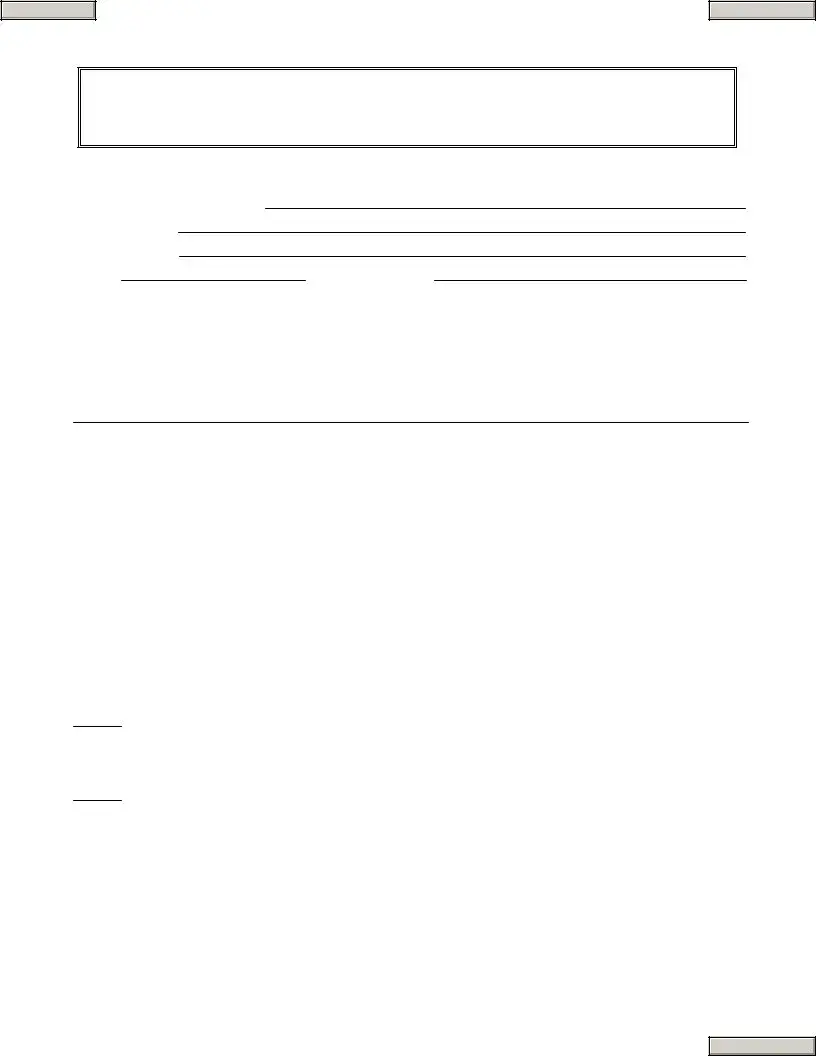What is the Roofing Certificate form?
The Roofing Certificate form is a document used in Texas that allows homeowners to certify the installation of a roof that meets certain impact resistance standards. By completing this form, property owners can qualify for a reduction in their residential insurance premiums. It serves to provide essential information about the roofing installation while explicitly stating that it does not provide any warranties from the manufacturer, supplier, or installer.
Who can complete the Roofing Certificate?
An authorized representative of the roofing company should complete the Roofing Certificate form. This individual is responsible for certifying that the roof installation meets the required standards and specifications set by the manufacturer. It is important that this representative is knowledgeable about the installation and can provide accurate information about the roofing materials used.
What roofing standards must be met to qualify for premium reduction?
The roofing materials installed must comply with the Underwriters’ Laboratory Standard 2218, which outlines impact resistance for roof covering materials. Specifically, the Classification of impact resistance can be Class 1, Class 2, Class 3, or Class 4, with Class 4 offering the highest level of protection. Homeowners should verify that their roofing company has the appropriate materials to meet these standards.
How does a homeowner benefit from this form?
By submitting the Roofing Certificate to their insurance company, homeowners can qualify for a reduction in their residential insurance premiums. This incentive is designed to promote the use of impact-resistant roofing materials, which may ultimately lead to fewer claims and lower costs for insurance providers.
Is the Roofing Certificate form legally binding?
While the Roofing Certificate form acts as a certification for reduced insurance premiums, it is not a warranty for the roofing materials or workmanship. However, any intentional misrepresentation on the form can be considered fraud, which has legal implications. Homeowners and roofing companies must ensure that the information provided is accurate and truthful.
What information is required on the Roofing Certificate?
The Roofing Certificate requires specific details such as the roofing company’s name, address, and license number, if applicable. It also needs personal information from the homeowner, including their name and contact information. The certificate must include details about the roof installation, including the impact resistance classification, manufacturer’s name, brand name, and the date of installation.
What should a homeowner do with the completed form?
Once the Roofing Certificate has been completed and signed by the authorized representative of the roofing company, the homeowner should keep one copy for their records. The second copy is to be submitted to the homeowner’s insurance company to initiate the process for reducing their premiums.
Can homeowners file a claim if there are issues with their roof after certification?
Filing a claim for roof issues after obtaining the certification depends on the specific circumstances and the terms of the homeowner’s insurance policy. While the Roofing Certificate allows for reduced premiums, it does not guarantee coverage for future claims. Homeowners should consult with their insurance provider regarding claims related to roof damage or defects.
What if the roofing company didn’t follow proper installation procedures?
If a roofing company did not adhere to the manufacturer’s specifications and standards during installation, this may impact the validity of the Roofing Certificate and the corresponding premium reduction. Homeowners should address any installation issues directly with the roofing company and consult with their insurance provider about the implications for their coverage.
How can homeowners ensure they choose the right roofing company?
To select a reputable roofing company, homeowners should research and verify the qualifications and license status of potential installers. Reading reviews, asking for references, and confirming that the company follows the necessary industry standards can help ensure proper installation. Finally, obtaining multiple quotes can assist in making an informed decision.
